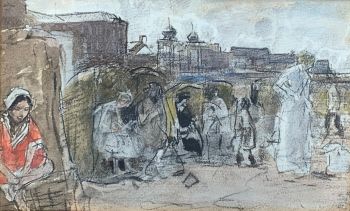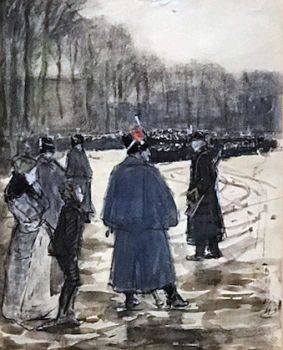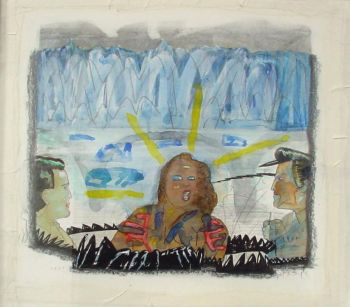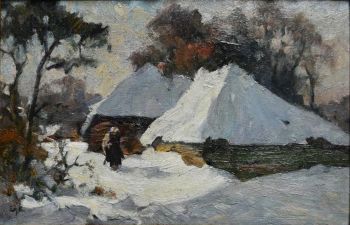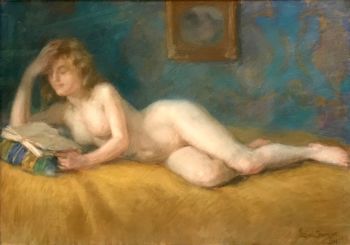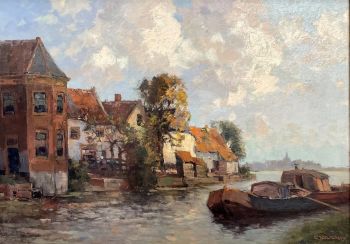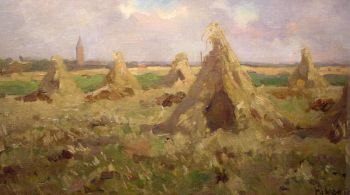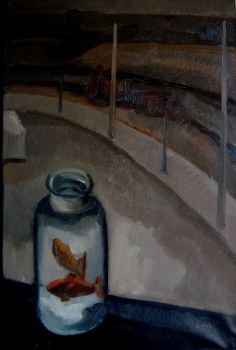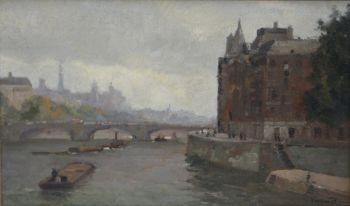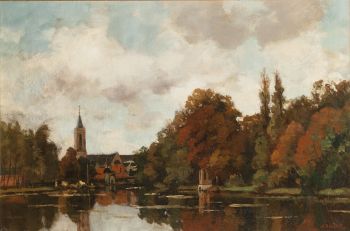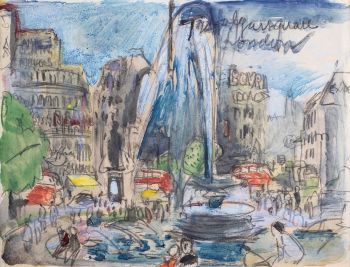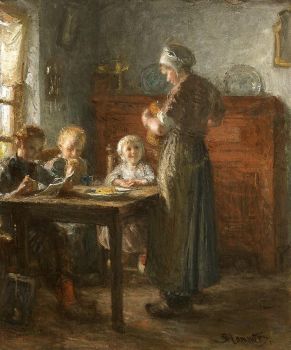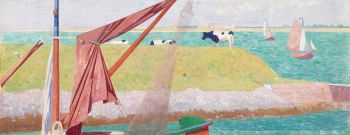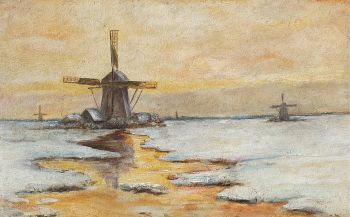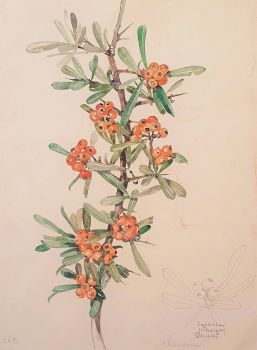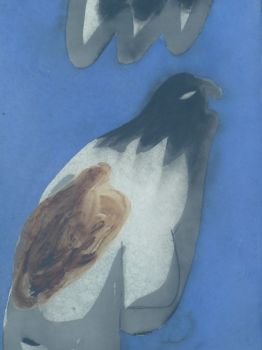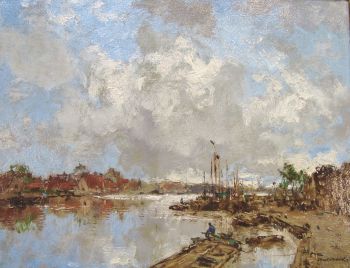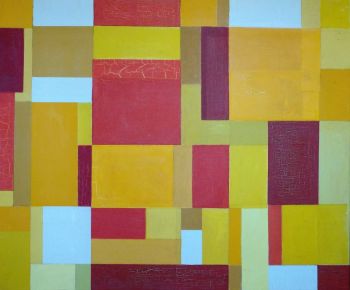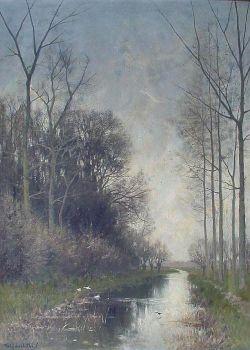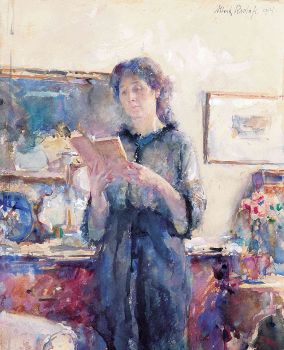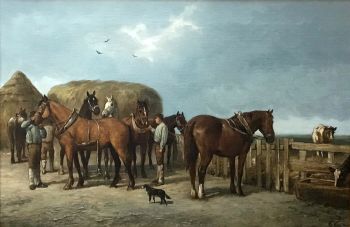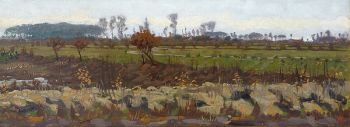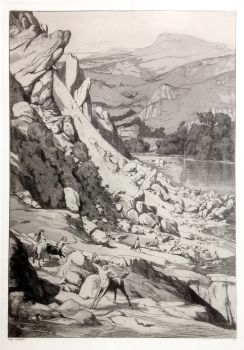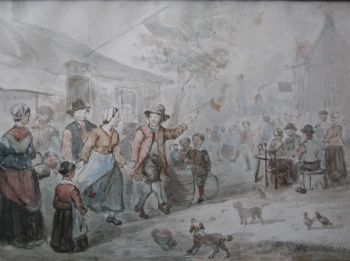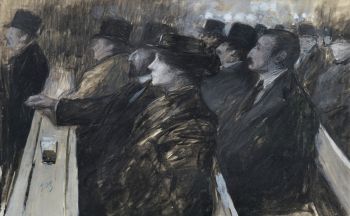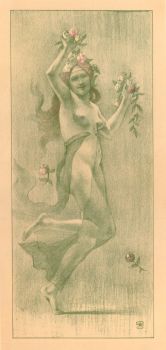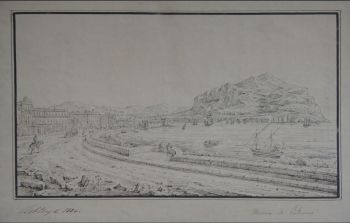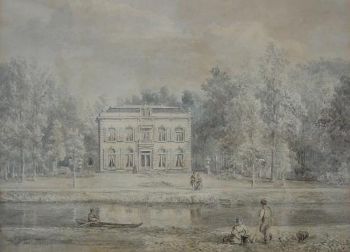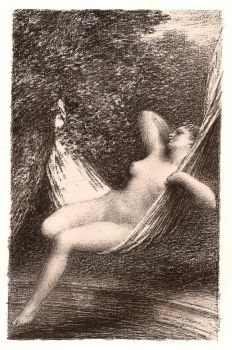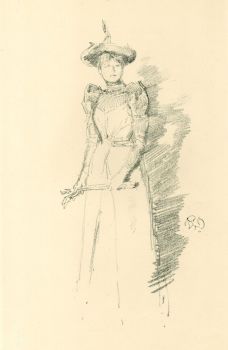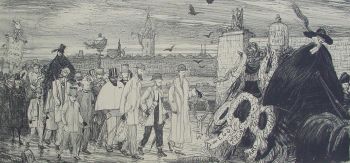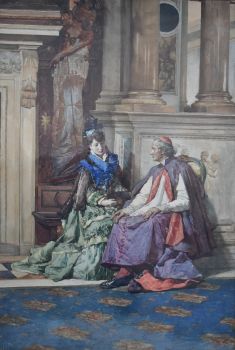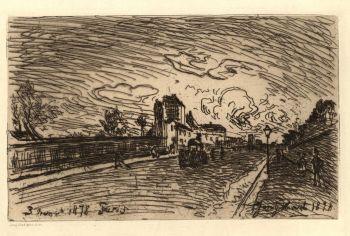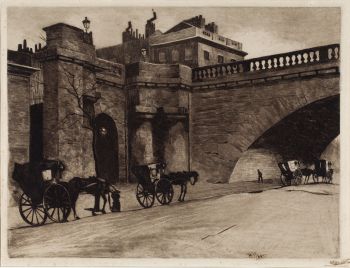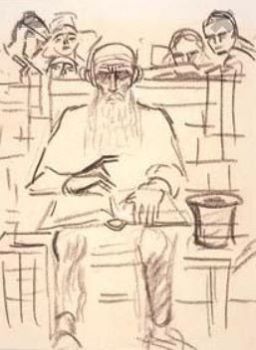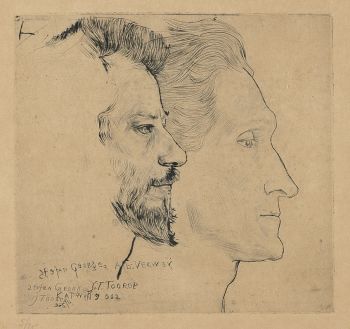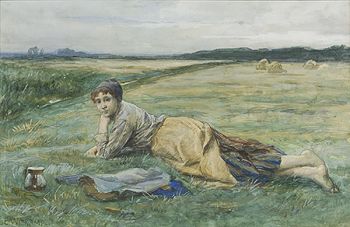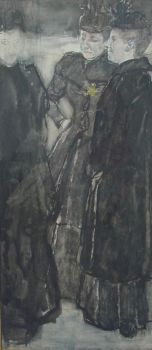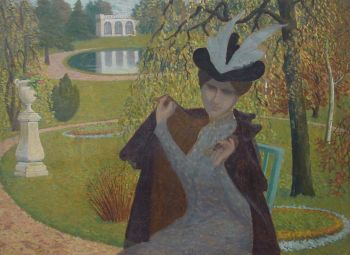About the artist
Jonkheer Johan Antonie de Jonge was born in 1864 as the eldest son of an influential family from The Hague. Although he grew up with a great interest in the arts, a career as a painter was not an obvious choice. During his law studies, de Jonge took lessons in his spare time with a number of painters from The Hague. He also becomes a member of Pulchri Studio and regularly submits his work for exhibitions. After initially settling in as a lawyer in The Hague, de Jonge decided in 1903 to leave this career behind and to devote himself entirely to painting. As an artist of the second generation of 'The Hague School' painters, he is a contemporary of painters such as Isaac Israels, George Breitner, Akkeringa, and Willem de Zwart. He mainly finds his subject on the beach of Scheveningen. With smooth lines and striking touches, he paints cheerful impressions of beach life and knows better than anyone how to paint an attractive picture of Scheveningen bathing life. As a wealthy artist by birth, de Jonge was in a privileged position not to have to paint. After his death, de Jonge, who had remained childless, left his work to his family. These subsequently bequeathed most of the oeuvre to the Dutch state.

